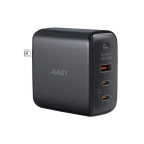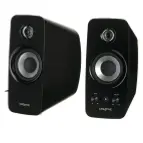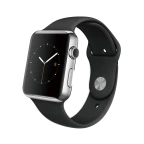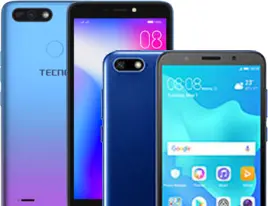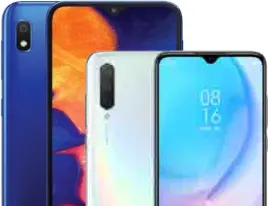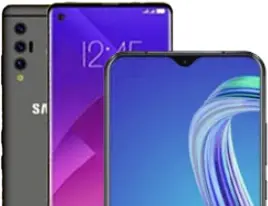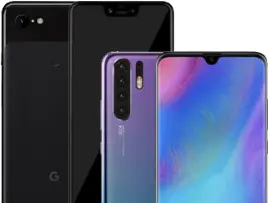Huawei is one of those manufacturers that does not hesitate in releasing two to three variants of the same device each year. The Honor 7i, released in August 2015, is a similar story, an update to the previously released Honor 7 that came out in June 2015. It is a sister model to the original phone and there isn't much of a difference between the two when it comes to the specifications part.
Looking at the design aspect of both the phones, the newer model comes with a metal frame and is more compact in terms of size of the device. It is 0.7mm thinner than the original Honor 7 and is even smaller in height and width. The display screen, however, is of the same size, a 5.2 inch 1080p one with a pixel density of 424ppi, which actually comes as a plus point since it gives an almost bezel-less look to the device, enhancing it beauty.
When it comes to the performance of the device, Huawei replaced their in-house chipset HiSilicon Kirin 935 with the Qualcomm Snapdragon 616. Though it is lighter when compared to the previous one, it is still powerful enough to fulfill an average user's daily needs. The device has also been downgraded in terms of processing power with the Quad-core 2.2 GHz & Quad-core 1.5 GHz Cortex-A53 chipset replaced with a 1.7 GHz & 1.2 GHz one. The Mali-T628 MP4 GPU has been replaced an Adreno 405, which is more common in the mainstream market. As far as the internal memory is concerned, Huawei put out two different versions of the 7i, one with 32 gigabytes of internal storage and 3 GB RAM and the other with 16 GB internal storage and 2 gigabytes of RAM. However, both the versions support microSD cards (in the SIM 2 slot) up tp 128 GB.
The most noticeable difference in the 7i (compared to the original Honor 7) is the phone's camera. The original Honor 7 had a 20 megapixel primary camera supported by an 8 MP secondary camera at the front. In the 7i, though, Huawei has replaced the conventional camera sensors with a single 13 megapixel one which, with the help of a flip-out mechanism, can be used as both the front and the rear camera. It has an aperture of f/2.0 and a dual LED flash, both which help in low-light situations. Huawei also moved the fingerprint sensor from the back of the phone to the left side of the frame that also acts as a shutter button when taking pictures.
The 3100 mAh battery, on the other hand, is kept the same, which is enough to last the device for a day's use. So overall, it can be said as an upgrade to the original device. The only downside is that it is lighter in terms of performance, the reason of which may be to keep the price tag lower than the Honor 7.







